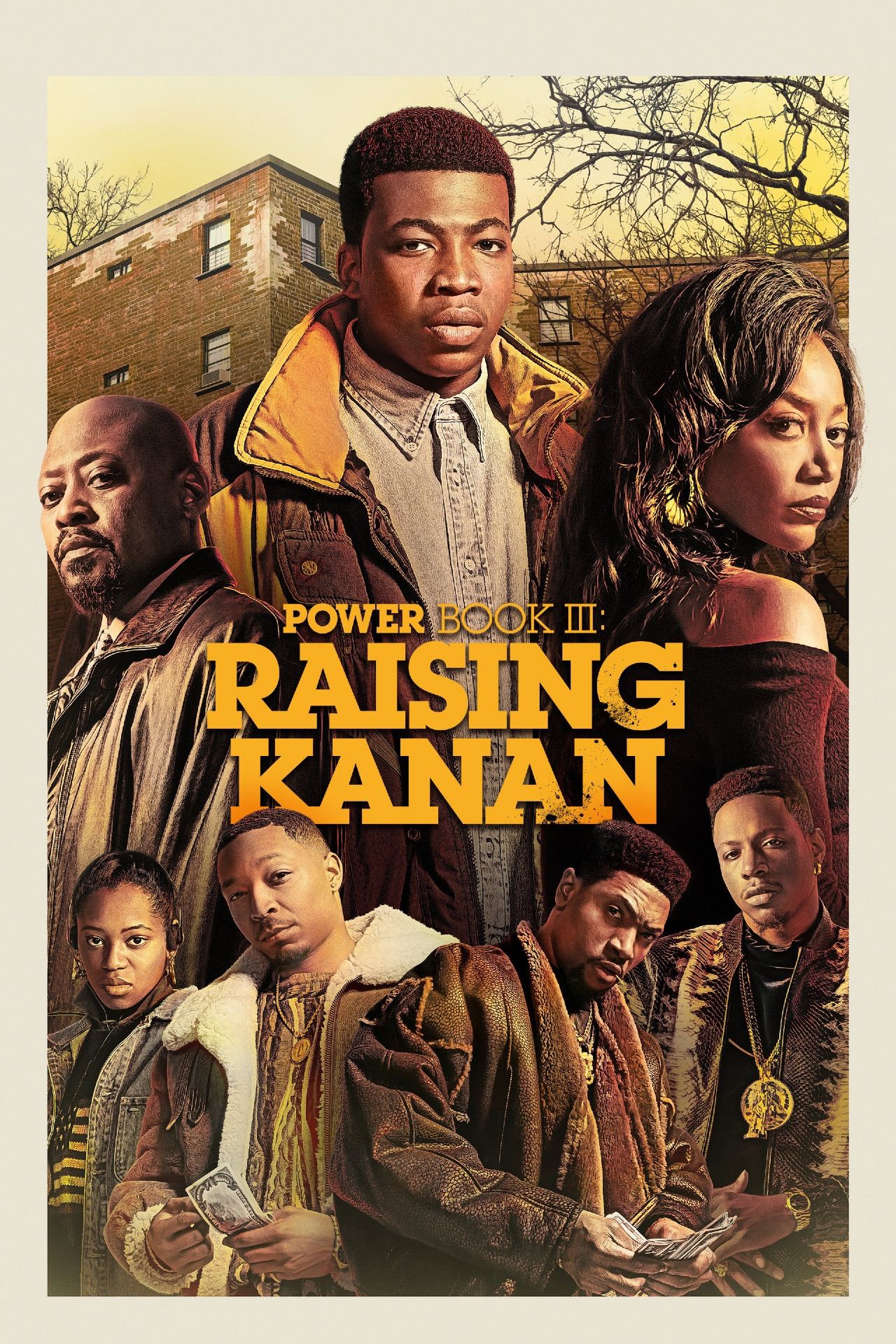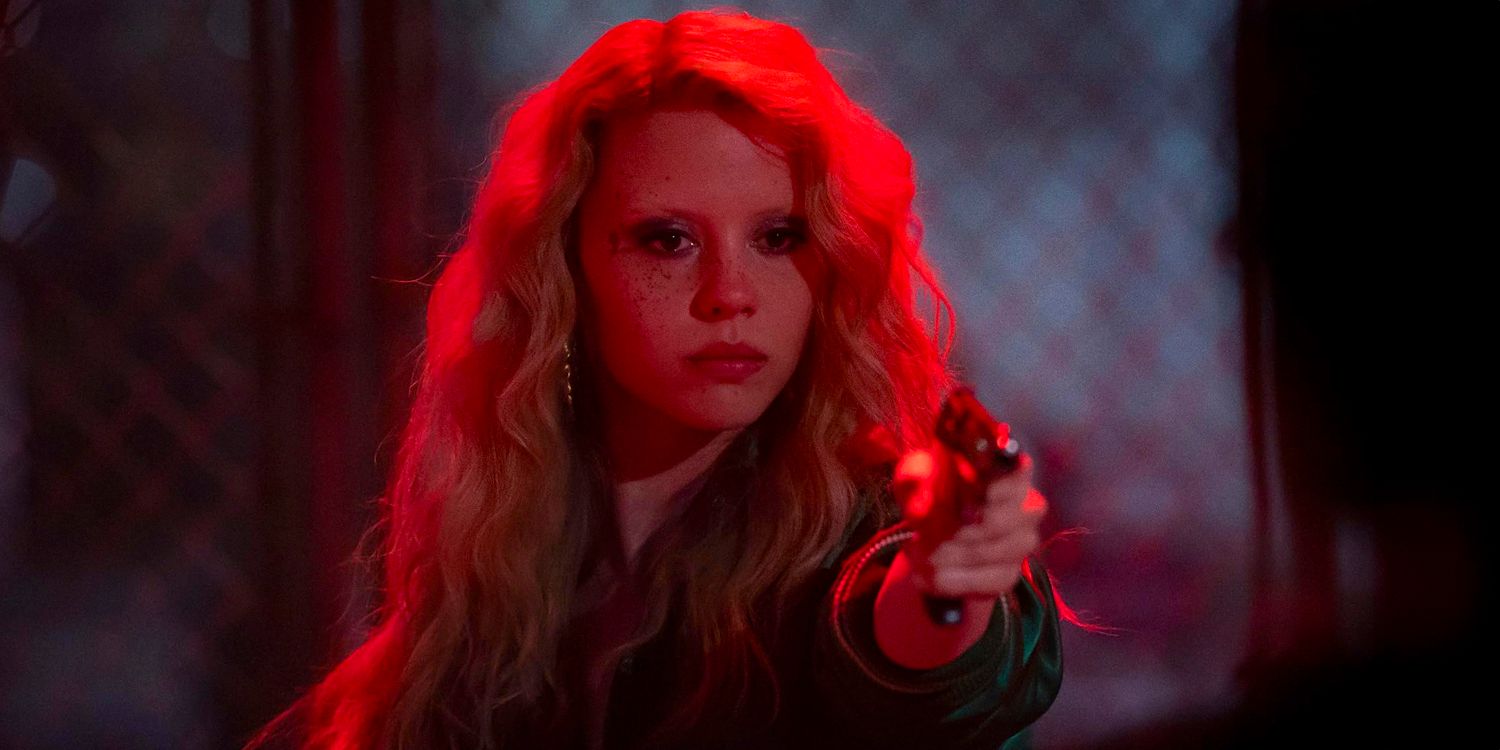Amazon Prime’s recently released Cinderella illustrates the problem with using covers of modern pop songs in movie musicals. Released on September 3rd, the latest retelling of the old fairy tale has an underwhelming critical score of 44%. While the audience score is higher at a relatively positive rating of 71%, that number is expected to drop, with recurring criticisms of the film popping up among critics and audiences alike.
Common refrains among Cinderella‘s critics include acting some read as flat (though that wasn’t helped by the clunky dialogue) and fake-looking staged sets. But the main criticism is that the vast majority of the characters are merely 2D cutouts, shallow sketches of characters rather than fully realized and well-rounded individuals. Even the modern updates that attempt to address story elements that haven’t aged well are offered in the form of stock characters, such as the trope of the girl who is considered odd by her backward community for being interested in science. Outside of Cinderella herself (Camila Cabello) and Prince Robert (Nicholas Galitzine), most of the characters on the screen have zero character development, and even Cinderella and the Prince are only developed as far as their overused narrative arcs go.
One bright spot among audiences is the use of anachronistic modern pops songs in Cinderella‘s soundtrack. The irony, however, is that it’s the use of those pop songs that drags the entire movie down and turns it into a formulaic, shallow pastiche of other, better movies. It’s an issue that often crops up in movie musicals when modern pop songs are used in lieu of original soundtracks, not just Cinderella. The problem is that by design, modern pop songs are churned out to appeal to as broad an audience as possible, so lyrics are shallow and the music repetitive and overly simplistic–and studies have shown that pop music is only getting more homogenous and generic. That’s great for crafting an earworm song with an easy hook that will top the Billboard 100 chart, but not great for creating memorable characters or a standout musical.

In musicals and movie musicals, most of the character development happens in songs. The most pivotal moments of the narrative, and especially how characters respond to and feel about them, unfold through sung lyrics rather than spoken dialogue. That’s not to say that musical characters can’t have fantastic depth and development; they can. Few would argue that characters in musicals like Rent, Les Miserables, Hamilton, or Dear Evan Hansen, aren’t well-rounded, interesting characters of complexity. The difference is that each of those has soundtracks that were written specifically for the musical, with lyrics carefully crafted to convey the particular emotions each character is feeling at a given point in the story. It’s fine that their songs replace dialogue because their songs are just as layered and deliberate as spoken dialogue would be.
When a movie musical opts to use modern pop songs in lieu of brilliantly written, clever lyrics and interesting music, however, most of the character development and complexity is immediately eliminated because, again, most of that happens in songs in musicals. It’s even more pronounced in a movie musical like Cinderella, led by pop star Camila Cabello, which further sacrificed character development by using a number of song mash-ups rather than songs in their entirety. As a surface gimmick goes, Cinderella‘s pop cover soundtrack works just fine. But movie musicals that are built to last leave the pop song covers at home.



